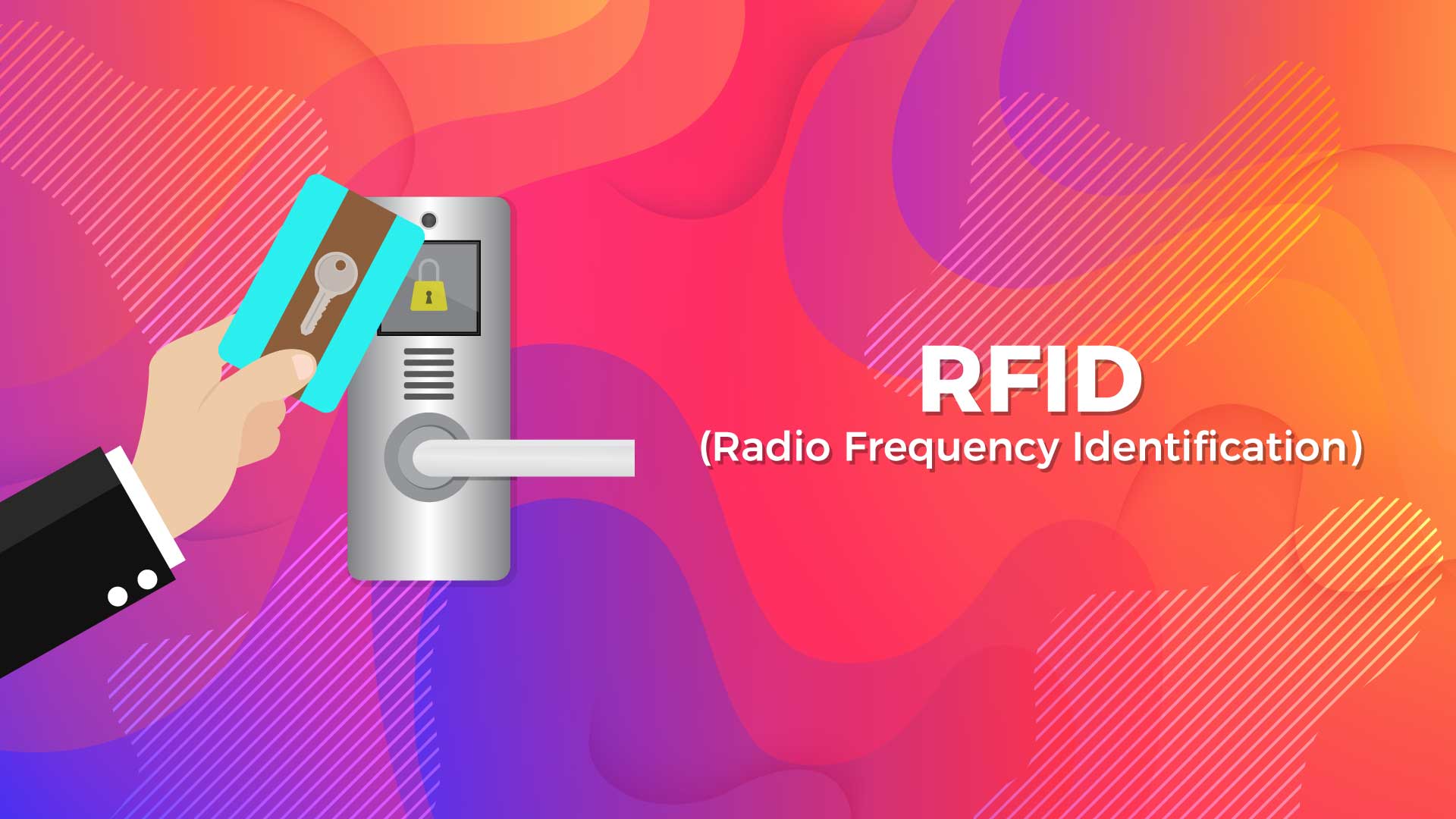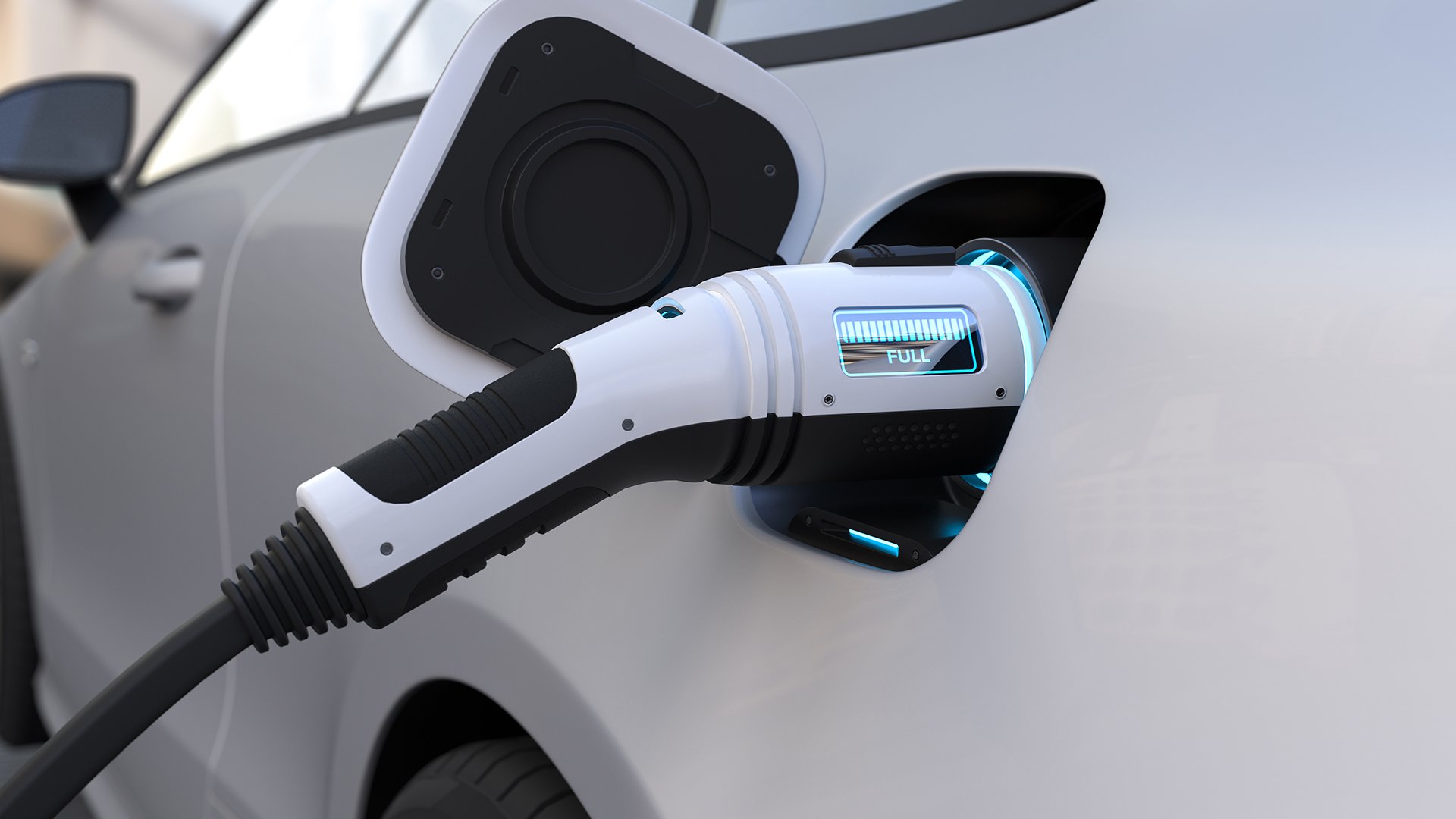Introduction
In today's competitive business landscape, maintaining quality standards is essential for organizations to gain a competitive edge and deliver customer satisfaction. Quality management plays a vital role in ensuring that products and services meet or exceed customer expectations. This article will explore the Quality Management Market, its key components, emerging trends, and its significance in various industries.
Table of Contents
- Overview of Quality Management
- Importance of Quality Management
- Key Components of Quality Management
- Quality Planning
- Quality Control
- Quality Assurance
- Continuous Improvement
- Quality Management Systems
- ISO 9001 Certification
- Six Sigma
- Total Quality Management (TQM)
- Quality Management Market Size and Growth
- Industry Verticals and Quality Management
- Manufacturing
- Healthcare
- IT and Software Development
- Construction
- Automotive
- Emerging Trends in Quality Management
- Digital Transformation
- Big Data and Analytics
- Automation and Artificial Intelligence
- Benefits of Implementing Quality Management
- Challenges in Quality Management
- Choosing the Right Quality Management Solution
- Conclusion
- Frequently Asked Questions (FAQs)
1. Overview of Quality Management
Quality management refers to a set of practices and principles implemented by organizations to ensure that their products, services, and processes consistently meet or exceed customer expectations. It involves the systematic control and improvement of various aspects related to quality.
2. Importance of Quality Management
Quality management is crucial for businesses for several reasons. First and foremost, it helps in meeting customer requirements and enhancing customer satisfaction. By consistently delivering high-quality products and services, organizations can build a loyal customer base and gain a competitive advantage.
Moreover, quality management reduces costs by minimizing defects, reworks, and waste. It improves operational efficiency, enhances productivity, and increases profitability. Quality management also helps organizations comply with regulatory requirements and industry standards.
3. Key Components of Quality Management
Quality management comprises several key components that work together to ensure the delivery of superior quality products and services. These components include:
3.1 Quality Planning
Quality planning involves defining quality standards, objectives, and processes to meet customer requirements. It includes activities such as identifying quality metrics, setting quality goals, and establishing processes for quality control and assurance.
3.2 Quality Control
Quality control focuses on monitoring and inspecting products, processes, and services to identify defects and deviations from quality standards. It involves activities such as statistical process control, inspection, and testing to ensure that quality requirements are met.
3.3 Quality Assurance
Quality assurance involves the implementation of processes and procedures to ensure that quality standards are consistently met. It includes activities such as quality audits, documentation control, and process reviews to identify and rectify quality issues.
3.4 Continuous Improvement
Continuous improvement is an essential aspect of quality management. It emphasizes ongoing efforts to enhance processes, products, and services to achieve higher levels of quality. Continuous improvement methodologies like Kaizen and Lean Six Sigma are widely used in quality management.
4. Quality Management Systems
Quality management systems (QMS) are frameworks or structures that organizations adopt to manage their quality-related activities effectively. Some popular QMS methodologies include:
4.1 ISO 9001 Certification
ISO 9001 is an international standard for quality management systems. It provides a framework for organizations to establish, implement, and maintain a QMS that ensures consistent quality and customer satisfaction.
4.2 Six Sigma
Six Sigma is a data-driven approach aimed at reducing defects and variations in processes. It uses statistical analysis and problem-solving techniques to achieve high levels of quality and process efficiency.
4.3 Total Quality Management (TQM)
Total Quality Management is a comprehensive approach to quality management that involves the participation of all employees at all levels. It focuses on continuous improvement, customer satisfaction, and organizational culture.
5. Quality Management Market Size and Growth
The quality management market has witnessed significant growth in recent years and is expected to continue expanding. Factors such as increasing quality standards, regulatory compliance requirements, and the need for operational efficiency drive the market's growth.
According to market research, the global quality management market size was valued at USD 9.26 billion in 2020 and is projected to reach USD 14.73 billion by 2026, growing at a CAGR of 8.2% during the forecast period.
6. Industry Verticals and Quality Management
Quality management is relevant to various industry verticals where product or service quality is critical. Let's explore some sectors where quality management plays a vital role:
6.1 Manufacturing
In the manufacturing industry, quality management ensures that products meet stringent quality standards. It involves rigorous quality control processes, adherence to manufacturing best practices, and the use of quality management systems.
6.2 Healthcare
Quality management is essential in healthcare to ensure patient safety, accuracy in diagnoses, and effective treatment. It involves quality control measures for medical devices, adherence to healthcare regulations, and continuous improvement in healthcare processes.
6.3 IT and Software Development
Quality management is crucial in IT and software development to deliver reliable and bug-free software applications. It involves rigorous testing, quality assurance processes, and adherence to software development best practices.
6.4 Construction
In the construction industry, quality management focuses on ensuring the quality and safety of structures. It involves quality inspections, compliance with building codes and standards, and continuous improvement in construction processes.
6.5 Automotive
Quality management plays a critical role in the automotive industry to ensure the reliability and safety of vehicles. It involves quality control measures in manufacturing processes, adherence to automotive industry standards, and continuous improvement in production techniques.
7. Emerging Trends in Quality Management
Quality management is evolving to adapt to the changing business landscape and technological advancements. Here are some emerging trends in quality management:
7.1 Digital Transformation
Digital transformation is revolutionizing quality management by integrating digital technologies and data analytics into quality processes. It enables real-time monitoring, predictive analytics, and improved decision-making for quality improvement.
7.2 Big Data and Analytics
Big data and analytics are increasingly being used in quality management to gain insights from large volumes of data. It enables organizations to identify quality trends, predict failures, and optimize processes for better quality outcomes.
7.3 Automation and Artificial Intelligence
Automation and artificial intelligence (AI) are transforming quality management by enabling automated inspections, defect detection, and predictive maintenance. AI-powered quality control systems can analyze complex data and make real-time decisions, improving overall quality and efficiency.
8. Benefits of Implementing Quality Management
Implementing quality management brings several benefits to organizations, including:
- Improved customer satisfaction and loyalty
- Enhanced product and service quality
- Increased operational efficiency and productivity
- Reduced costs and waste
- Compliance with industry regulations and standards
- Better decision-making based on data and insights
- Competitive advantage in the market
9. Challenges in Quality Management
Despite its benefits, quality management faces some challenges, such as:
- Resistance to change and lack of employee buy-in
- Complex regulatory requirements
- Balancing quality with cost and time constraints
- Ensuring consistent quality across global operations
- Integration of quality management systems with existing processes and technologies
10. Choosing the Right Quality Management Solution
Selecting the right quality management solution is crucial for organizations to effectively manage their quality processes. Consider the following factors when choosing a quality management solution:
- Scalability and flexibility to meet organizational needs
- Ease of implementation and user-friendliness
- Integration capabilities with existing systems
- Customization options to align with specific requirements
- Availability of support and training
- Cost-effectiveness and return on investment
Conclusion
Quality management is a vital aspect of business operations, ensuring that organizations meet customer expectations and deliver superior products and services. By implementing robust quality management practices, businesses can achieve operational excellence, gain a competitive advantage, and foster long-term customer satisfaction.
Quality management is evolving with the integration of digital technologies, data analytics, and automation, enabling organizations to achieve higher levels of quality and efficiency. To succeed in today's dynamic market, organizations must embrace quality management principles and continuously strive for improvement.
Frequently Asked Questions (FAQs)
Q1. How can quality management benefit my organization?
Quality management brings several benefits to organizations, including improved customer satisfaction, enhanced product and service quality, increased operational efficiency, reduced costs, compliance with regulations, and a competitive advantage in the market.
Q2. Which industries require quality management?
Quality management is relevant to various industries, including manufacturing, healthcare, IT and software development, construction, automotive, and more. Any sector where product or service quality is crucial can benefit from quality management practices.
Q3. What are the emerging trends in quality management?
Some emerging trends in quality management include digital transformation, big data and analytics, and automation and artificial intelligence. These trends enable real-time monitoring, predictive analytics, and improved decision-making for quality improvement.
Q4. How do I choose the right quality management solution for my organization?
When choosing a quality management solution, consider factors such as scalability, ease of implementation, integration capabilities, customization options, support and training availability, and cost-effectiveness. Evaluate different solutions based on your organization's specific needs and requirements.
Q5. Where can I get access to quality management resources?
For more information and resources on quality management, you can visit reputable websites, attend industry conferences and events, join professional associations, and engage with quality management experts and consultants.






